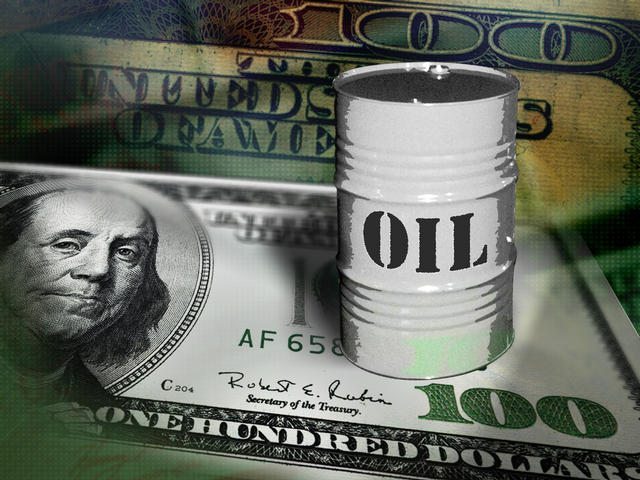
Disappointing Chinese economic data did not let Japanese Yen hold on to its gains for long. Increased speculations of possible currency intervention by the Japanese officials sent the currency down against U.S. Dollar (CURRENCY:USD).
Yen pares down
USD/JPY (USDJPY) soared 0.23% to 108.88 in Asian trade while the greenback was mixed against the major currencies. EUR/USD (EURUSD) climbed 0.04% to 1.1316 and GBP/USD (GBPUSD) posted losses of 0.23% to 1.4354. Currency market is abuzz with the reports that the Japanese Central Bank will ease monetary rates sooner than expected to boost growth and inflation, which weakened sentiment for the Yen.
Softer Chinese data did not stop Asian markets from surging today. Both Shanghai SE Composite Index and Hang Seng (INDEXHANGSENG:HSI) added 0.84% each to 2,850.86 and 19,883.95 respectively. However, European stocks failed to hold this momentum and reported mixed trading session. Euronext 100 (INDEXEURO:N100) and CAC 40 (INDEXEURO:PX1) lost close to 0.75% each to 848 and 4,287.22 respectively. China’s data, released over the weekend, fell short of analysts expectations in terms of all April retail sales, factory output, and fixed-asset investment.
Goldman’s report uplifts oil
iPath S&P GSCI Crude Oil Total Return (NYSEARCA:OIL) prices reported the highest jump since October 2015, benefiting from prolonged output disruptions in Nigeria. Meanwhile, a recent report from Goldman Sachs, indicating that commodity is finally out of oversupply scenario, also lent support to it. Both Brent Crude and West Texas Intermediate added 1.86% each to trade at $48.72 and $47.07 respectively.
According to the report, global oil stocks are witnessing supply disruptions of as much as 3.75 million barrels per day, which is fast depleting the existing glut and could soon lead to deficits. However, Goldman warned that oil supplies could bounce back in the first half of 2017 when producers might boost their exploration and production activities.




